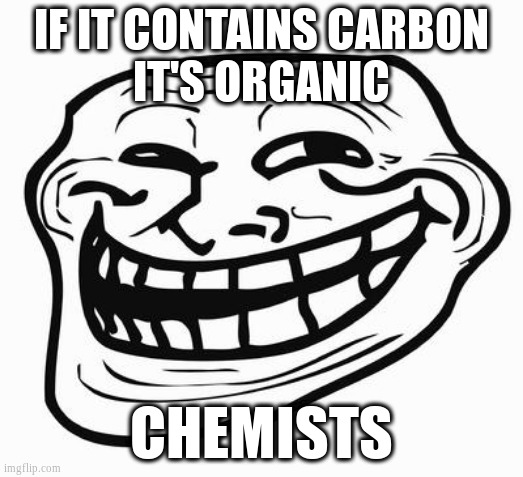Note: Organic matter does not mean life. It is a precursor to life. It does make the possibility of life on ancient Mars more likely.
Itll be interesting to see the results once the samples are brought back next decade. I hope we can make mars a “national park” so we don’t screw with it too much.
I hope we can make mars a “national park” so we don’t screw with it too much.
Unfortunately, I think it’s much more likely that we will exploit it for any resources we can.
😩 even just watching the rover dump samples on mars surface fills me with frustration. Where humanity goes, there shall be rubbish

Anyway, here’s the Nature paper:
https://doi.org/10.1038/s41586-023-06143-zAnd here’s the table listing the actual organic molecules detected:
https://www.nature.com/articles/s41586-023-06143-z/tables/3
Including benzene and naphthalene, and amine acids lysine, tyrosine, phenylalanine, histidine, etc.Curiously, only L-amino acids were detected. Did they test for D-aa and didn’t see any, or did they test for L-aa only? The paper doesn’t say. If the former, that’s a pretty big deal. As far as I know there is no inorganic process that can produce non-racemic chiral molecules.
Ah! This reference paper goes into more detail about how the reference spectra for the Raman fluorescence were acquired: https://doi.org/10.1089/ast.2022.0023 They built a fluorescence spectrometer identical to the SHERLOC tool onboard the Perseverance rover on Mars and tested it against a library of molecules of interest, including all L-amino acids and a few of the D-amino acids. Turns out the spectrometer cannot differentiate between the two:
The fluorescence spectra of d-phenylalanine and l-phenylalanine were almost identical, showing no obvious dependence on the chirality of the α-carbon.





